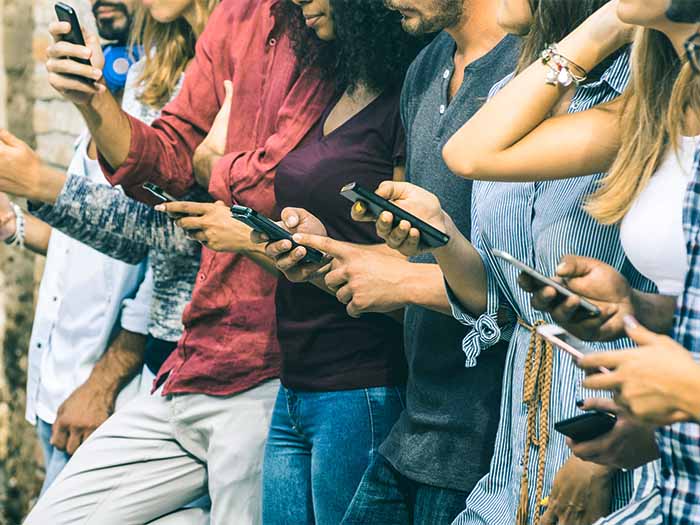A decline in the consumption of sodas and energy drinks has been observed amongst the American youth in the past few years. However, it is still higher than the sugar intake recommendations in teens who record a higher screen time daily.
New research published in the PLOS One set out to define the relationship between added sugar and caffeine intake through soda and energy drink consumption with electronic device use amongst adolescents. It concluded that greater electronic device use, especially TV time, was linked to higher sugar and caffeine consumption. [1]
“There is a trend towards reduced energy drink and soda consumption between 2013 and 2016 which is our latest data, but greater electronic device use, particularly TV, is linked to more consumption of added sugar and caffeine among adolescents,” said pediatrician Dr. Katherine Morrison, who led the research together with colleagues at McMaster and California State University – Fullerton. “Addressing this through counseling or health promotion could potentially help.”

The study also found that male adolescents consume more sodas and energy drinks than females. It also notes that an additional hour of TV per day was linked to a 32 percent higher risk of exceeding WHO sugar recommendations, which suggests 10 percent of your daily energy intake.
These conclusions may help pediatricians, parents, and public health advocates to develop strategies to manage sugar and caffeine intake among adolescents and thus avoid extreme health concerns. The study received no external funding.
